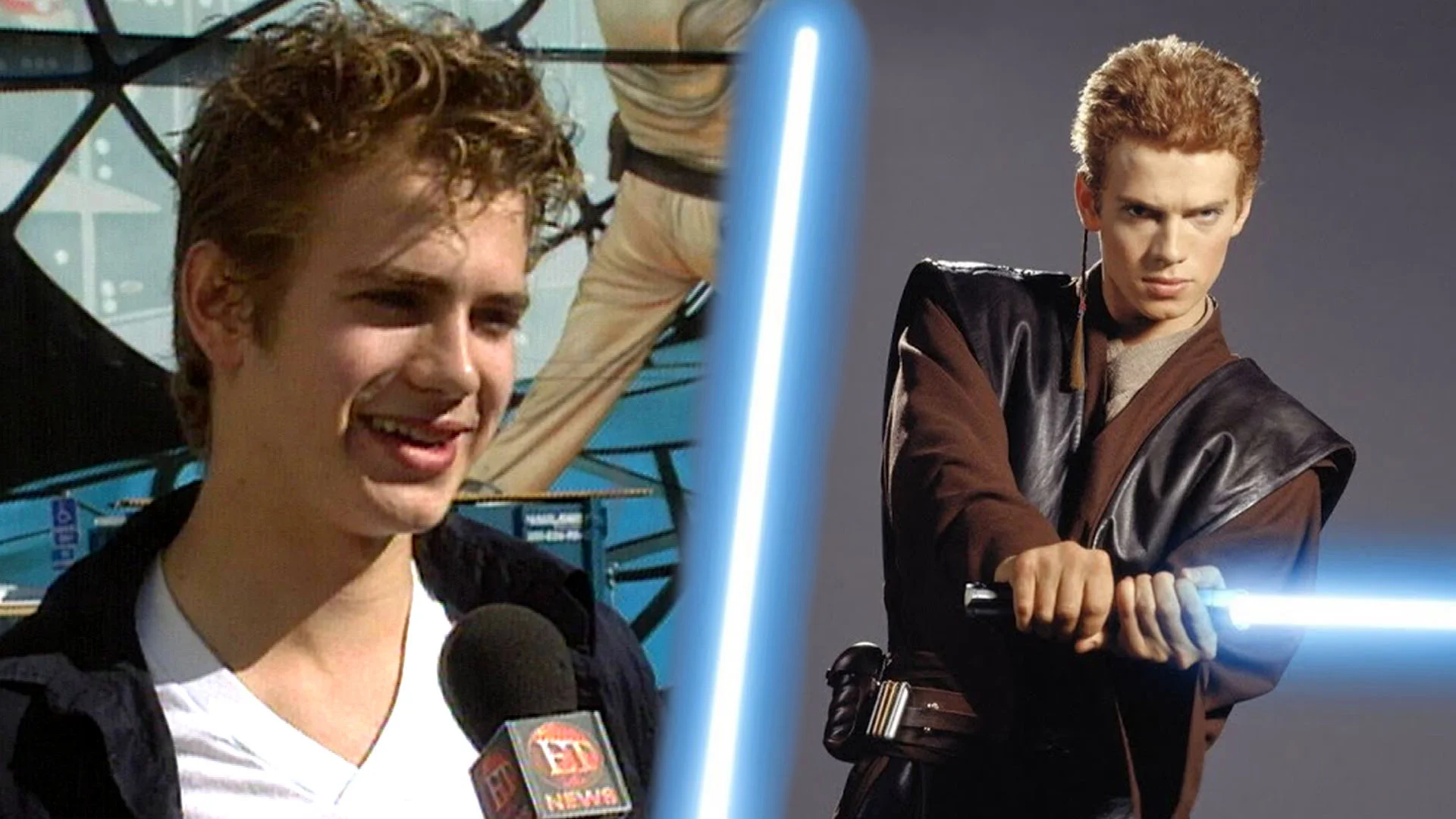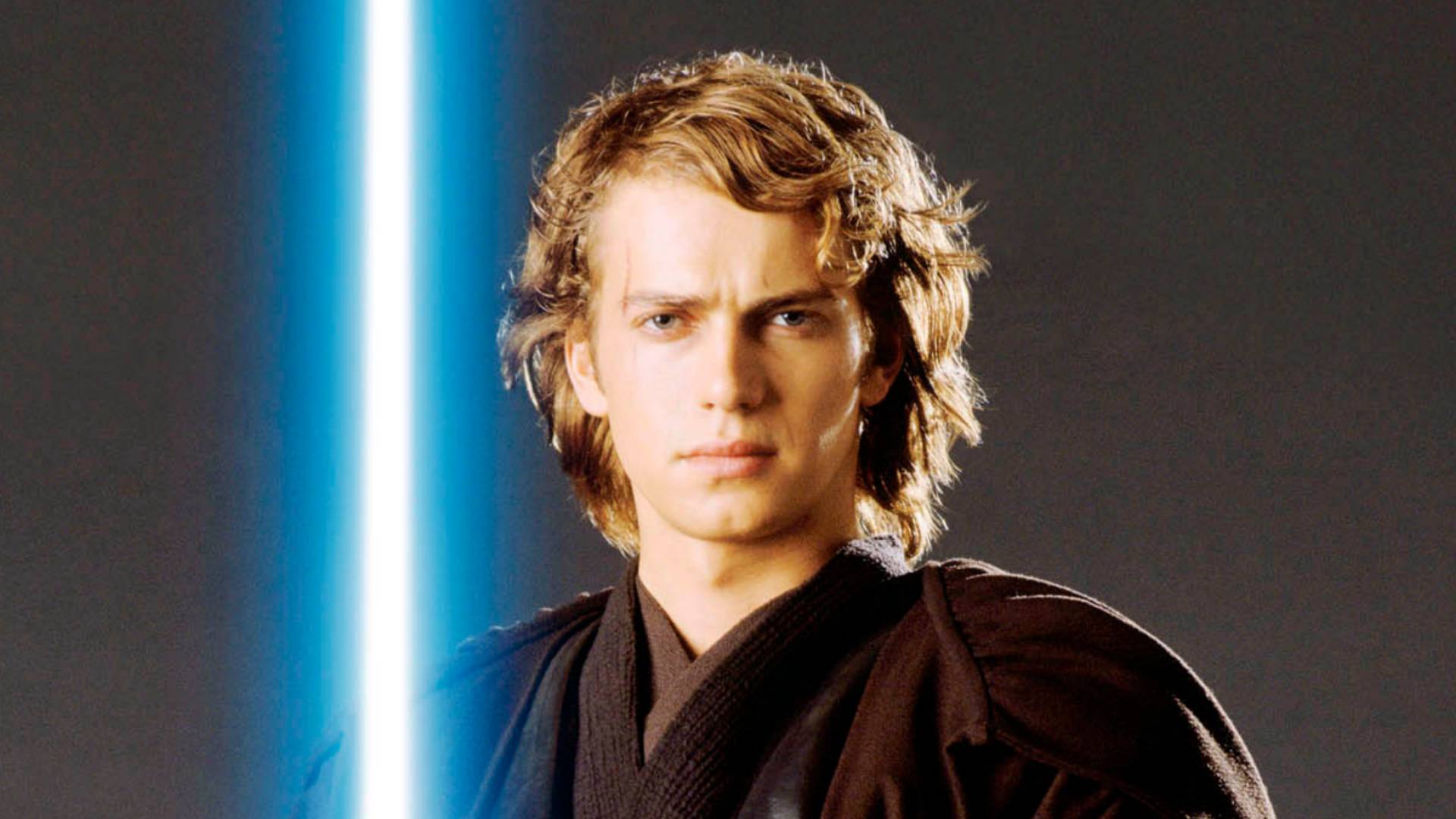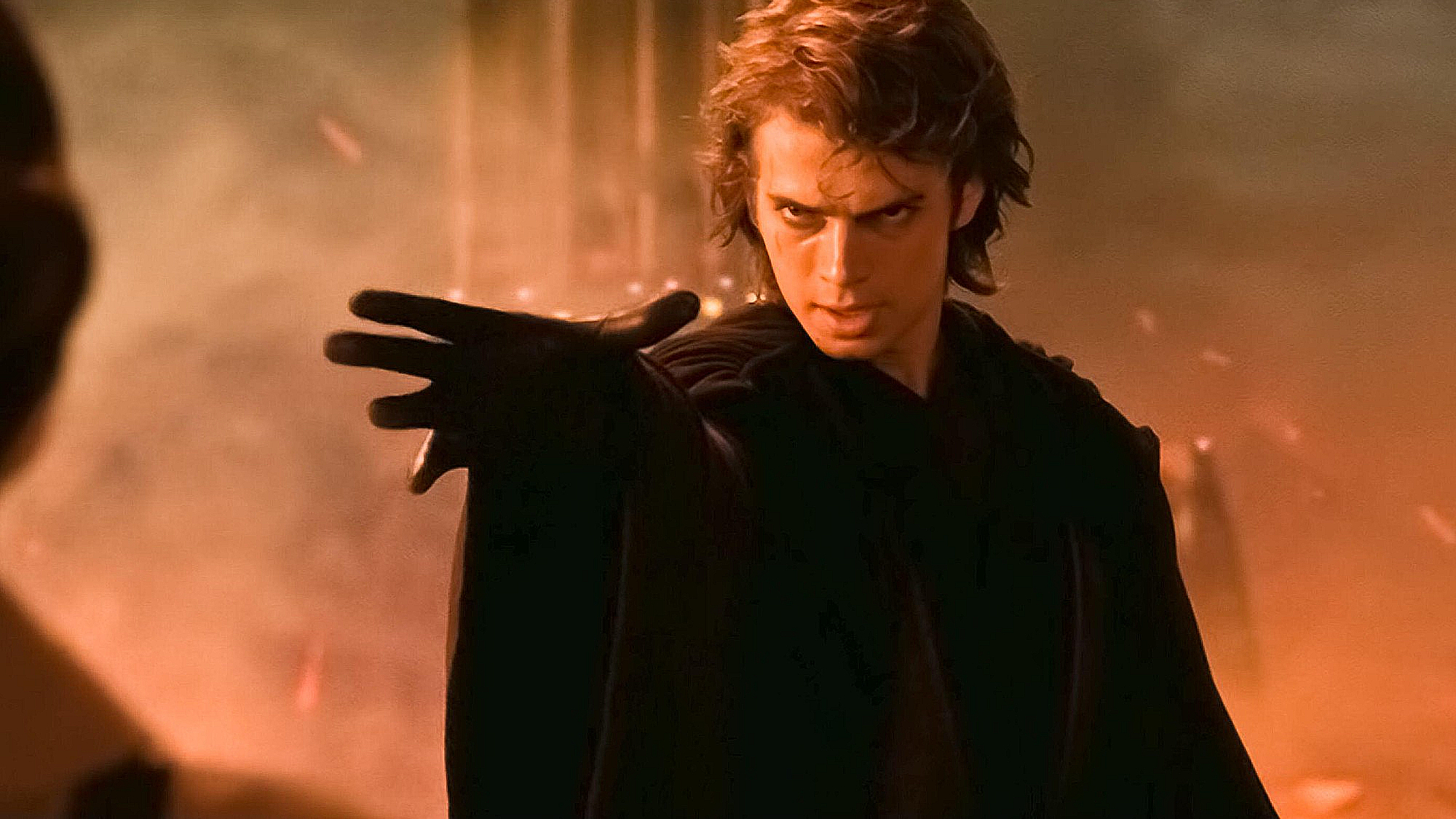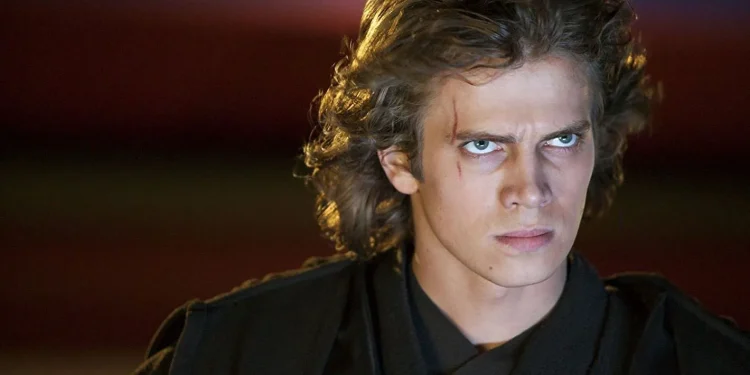The original Star Wars trilogy, envisioned and brought to life by George Lucas, wasn’t just a series of movies; it was a cultural phenomenon that reshaped blockbuster filmmaking. From the late 1970s through the 80s and beyond, Lucas’s creation left an indelible mark on cinema, introducing audiences to a universe filled with unique characters, sprawling narratives, and groundbreaking special effects. The release of the prequel trilogy at the turn of the millennium only expanded this lore, focusing on the tragic arc of Anakin Skywalker’s descent into Darth Vader, set against the backdrop of the Galactic Republic’s fall.

Unveiling the Dark Side: The Narrative of Order 66
It was in “Star Wars: Episode III – Revenge of the Sith” that Lucas truly pushed the boundaries of this narrative complexity. The film meticulously depicted Anakin Skywalker’s transformation and ultimate allegiance to the Sith, under the sinister guidance of Palpatine. This dark evolution was epitomized in the execution of Order 66—an event that not only marked the doom of the Jedi but also signaled a significant shift in the tone of the Star Wars saga. Under this order, clone troopers turned against their Jedi commanders, leading to the deaths of key figures such as Stass Allie, Ayala Secura, Ki-Adi Mundi, and Plo Koon. This mass betrayal reached its emotional peak in the slaughter of the Jedi Temple’s younglings, a scene that left audiences both shocked and heartbroken.
I was 11 and I was f**king sobbing in the theater. Ki-Adi-Mundi was probably the hardest to watch.
Breaks my heart every time I see it. Even growing up with the OT, this hit hard.
The emotional weight of these scenes drew comparisons to later television phenomena like “Game of Thrones,” particularly events like the Red Wedding. Indeed, audience reactions to Order 66 were visceral and profound, mirroring those experienced by viewers of the HBO series years later.

George Lucas: The Architect of a Universe
Despite facing criticism for aspects of the prequel trilogy, George Lucas has remained a respected figure in the realm of science fiction and fantasy storytelling. At a recent appearance at the Cannes Film Festival, Lucas discussed his deep connection with the Star Wars universe and his original vision, which he felt was somewhat diluted in the sequels produced after he stepped away from the franchise. He expressed a poignant reminder of his foundational role in creating this expansive universe:
I was the one who really knew what Star Wars was … who actually knew this world because there’s a lot to it.
This acknowledgment comes at a time when the prequel films are being revisited and appreciated anew, with actors like Ahmed Best and Hayden Christensen receiving renewed acclaim for their roles. This shift in perspective highlights an evolving appreciation for Lucas’s ambitious narrative decisions, which have proven to be both pioneering and profoundly influential.

The Legacy of George Lucas’s Star Wars
George Lucas’s work on the Star Wars franchise set precedents that have influenced not only cinema but also the broader landscape of narrative storytelling in media. His willingness to delve into darker themes and present morally complex characters was ahead of its time, anticipating shifts in audience expectations and setting the stage for future storytelling innovations in both film and television. As fans and critics continue to reevaluate his contributions, the legacy of Lucas’s vision remains a pivotal chapter in the history of entertainment, demonstrating the enduring power of a well-told story to move and engage audiences across generations.









